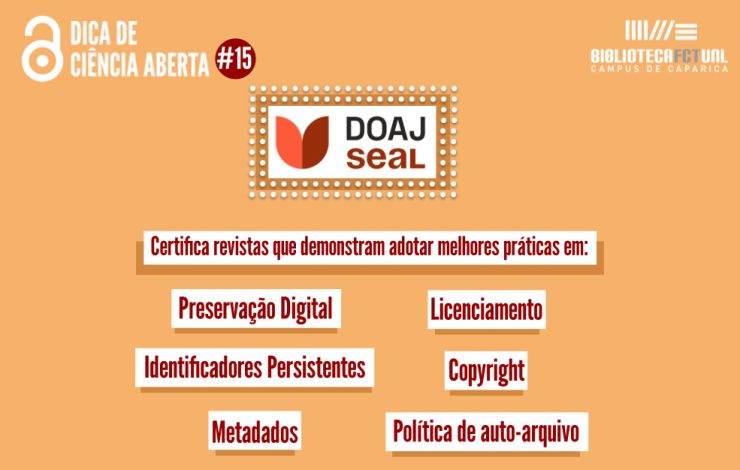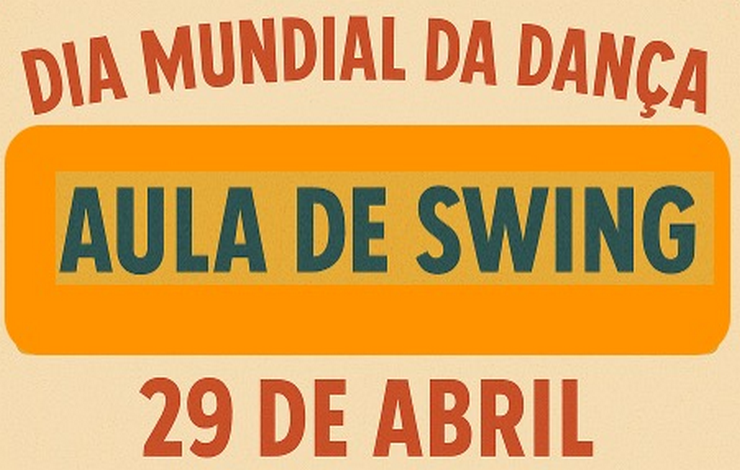Os sites FCT/UNL utilizam cookies para melhorar a sua experiência de navegação.
Ao clicar em qualquer ligação nesta página está a permitir que possamos definir cookies no seu navegador de internet.
14-03-2023

| 1. Digital preservation |
The journal content must be continuously deposited in one of these archives: |
|
| 2. Persistent article identifiers |
|
|
| 3. Metadata supply to DOAJ |
Article metadata must be uploaded to DOAJ regularly. |
|
| 4. License type |
The journal must permit the use of a Creative Commons license that allows the creation of derivative products: |
|
| 5. License information in articles |
Creative Commons licensing information must be displayed in all full-text article formats. |
|
| 6. Copyright and publishing rights |
Authors must retain unrestricted copyright and all publishing rights when publishing under any license permitted by the journal. |
|
| 7. Self-archiving policy |
|
All versions of the paper:
|

